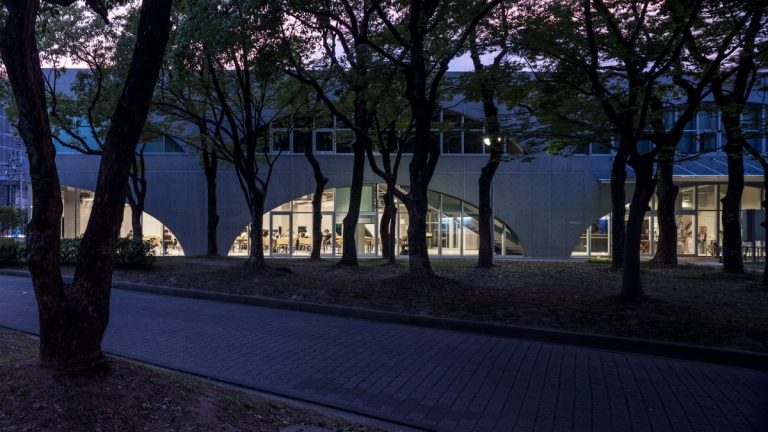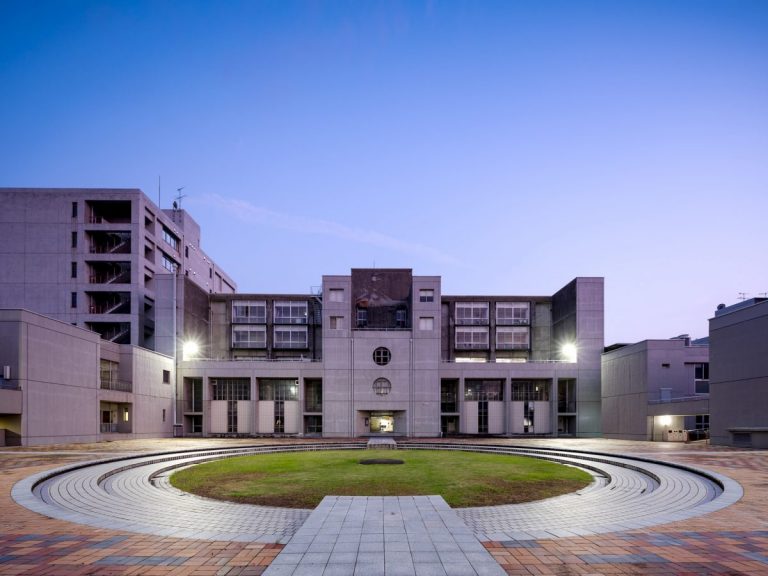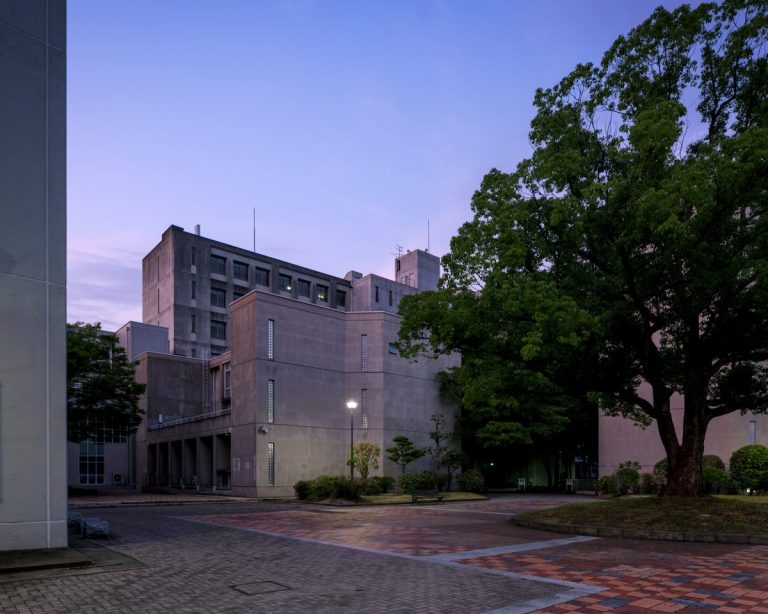2nd Study of Design Fundamentals Seminar: The Location of the Frontier of Design
Monday, June 25th, 2018
At Kyushu University’s Faculty of Design, we are tackling the fundamental theory of design studies with the objective of systematizing design.
We invited Kei Wakabayashi, the former chief editor of “WIRED” who currently represents Blkswn Publishers Inc., and held a talk together with Hiroshi Tamura from this university and visiting professors. We welcomed around 60 participants at the venue, and it was a success. Professor Toru Koga from the Faculty of Design at our university will tell you about it.
Firstly, Mr. Wakabayashi referred to Roland Barthes, stating that “method” performs the function of fitting thoughts into a frame. He stated that although what is important is what is outside the frame of this method, and questioning these assumptions, mainstream design has stopped questioning this exterior.
In current design, design methods have become standardized, and there is a tendency to treat reality “objectively”, unrelated to oneself. However, this “objectivity” or objective process is nothing more than objectivity within the frame, and the frame itself is the subject, or a reflection of society. Although the filter of the subject applies to the object, grasping and emphasizing the object as an “object in itself”, unrelated to the subject, regardless of the invisible subjectivity reflected there, is the source of the problem with design thought.
In editing, thoughts and words are not tools used to achieve something. Rather, they are a medium through which you face your own words themselves and clarify yourself and the society contained within them. It is the same in design. Creativity is born when you break away from your present self by segmenting the state of yourself and society as they are reflected in design and writing, and forming them into shapes. He stated that to that end, the resolution to constantly shake up the way you are and to question yourself is necessary.
Humans, who are unaware that they are living inside a fixed frame, are said to be “spongy” and have no outline. Mr. Wakabayashi ‘s explanation that human beings acquire reality for the first time when they go through the ordeal of having their current state crushed by external forces, showing their outline, in other words their , was impressive. Technology is sometimes created unintentionally. When technology “progresses” spontaneously in this way, the previous frame of technology, and the frames among which we have lived are visualized (conscientized). Wakabayashi states that this is the greatest advantage of the “progress” of technology.
My interpretation was that when visualizing a “frame” in which technology is not questioned, the real becomes visible, and that was WIRED’s editorial method. According to the philosophies of Kant and Husserl, the conditions which make certain experiences possible, that is the frame, are called transcendental conditions. Wakabayashi explained this with the metaphor that an airplane needs a runway in order to fly. The frontier of design lies in becoming self-aware of this “runway” hidden within ourselves, expressing it, and overcoming it. There was also active dialogue between Mr. Tamura and the art students, and it was a fulfilling experience.
[Time and date]
Monday, June 25th, 2018, 1:00 – 3:00pm
[Location]
Recording studio, special sound block, Kyushu University’s Ohashi Campus
[Presenters]
Kei Wakabayashi
“WIRED” magazine was launched in the United States and edited by the likes of Kevin Kelly and Chris Anderson, and chiefly captures trends of the times in technology. Serving as chief editor of the Japanese edition of “WIRED” from 2012 to 2017, his editorial skills and article writing are highly acclaimed. His main book is “Sayonara Mirai Editors Chronicle 2010-2017” (Iwanami Shoten). He currently represents Blkswn Publishers Inc.,
Hiroshi Tamura
Joint representative of Re:public Inc. Co-founder and executive fellow of Tokyo University’s i.school. Holds the additional posts of visiting professor at Kyushu University and the Japan Advanced Institute of Science and Technology. Known as a pioneer of design thought, he currently designs and manages a variety of open innovation projects which connect industry, academics, the public, and the private sector domestically and overseas, and searches for new “innovation ecosystems.” His main collaboration is “Todai Shiki Sekai Wo Kaeru Inobeshon No Tsukurikata” (Hayakawa Shoten).
[Inquiries]
Toru Koga (Faculty of Design, Kyushu University) toru(a)design.kyushu-u.ac.jp
Date
Monday, June 25th, 2018, 1:00 - 3:00pm
![九州大学イノベーションデザインネクスト[KID NEXT]](https://www.kidnext.design.kyushu-u.ac.jp/wp-content/themes/kidnext/img/logo_header.png)










